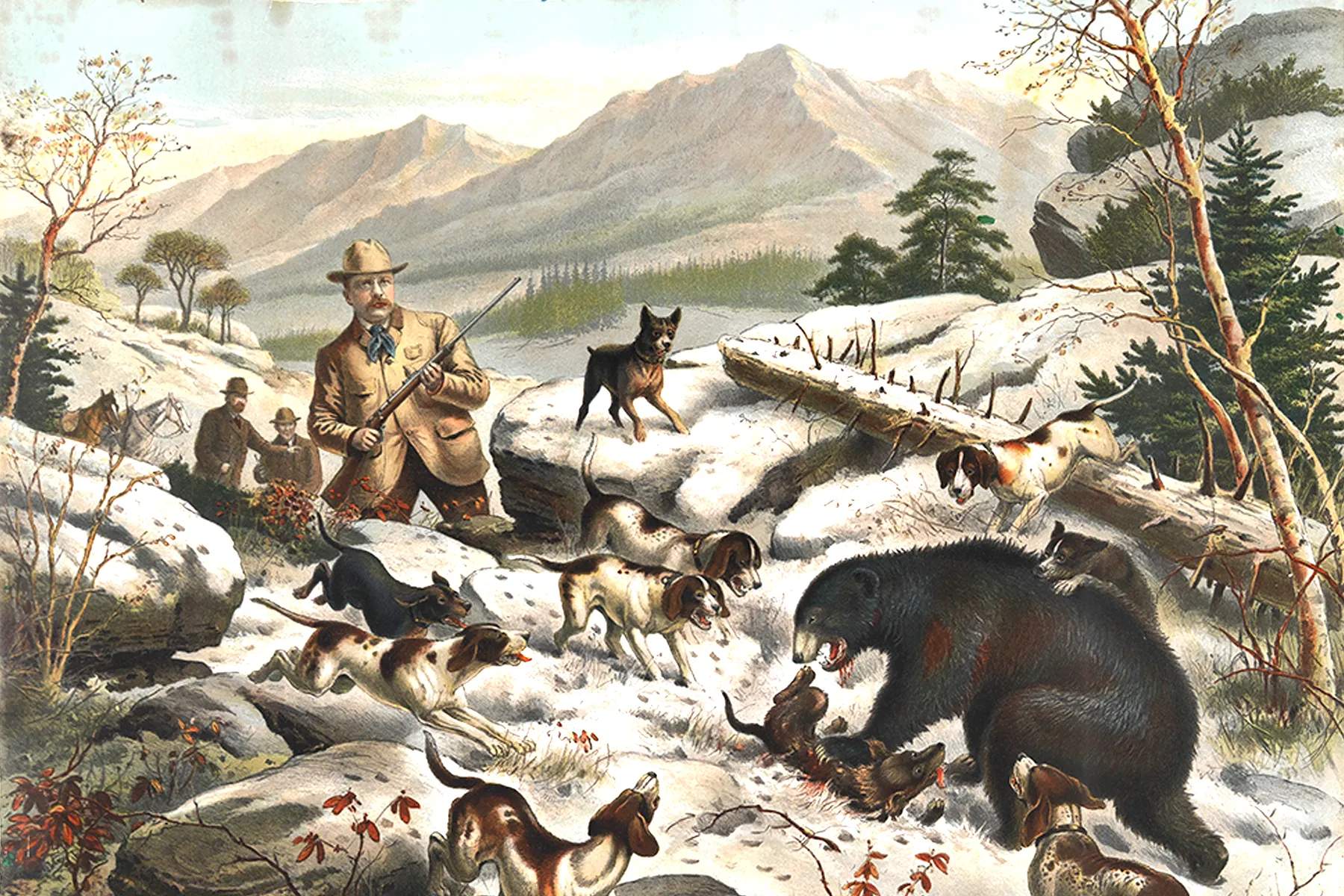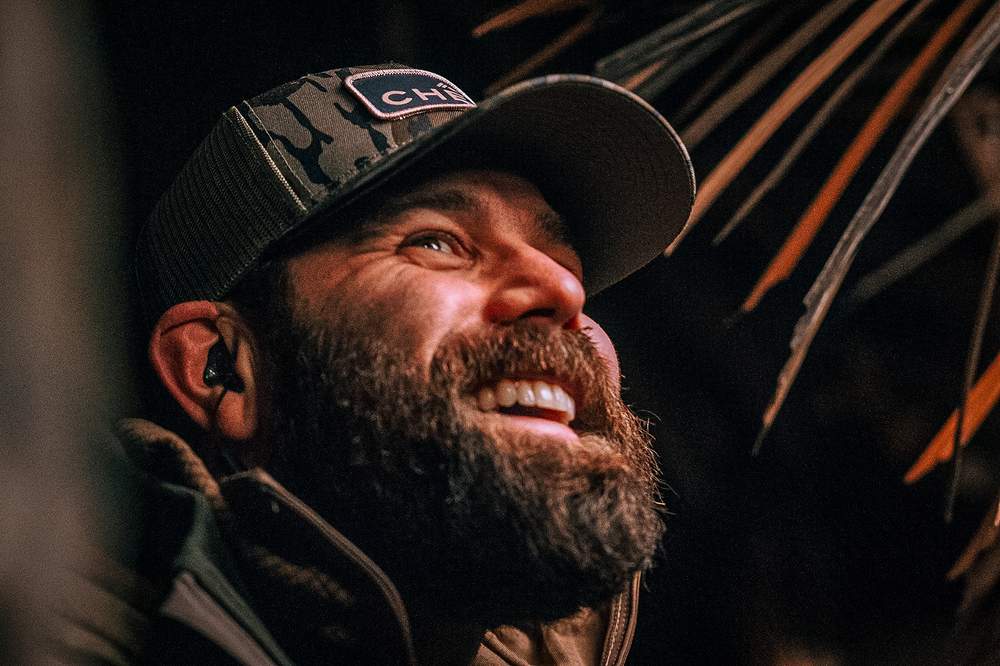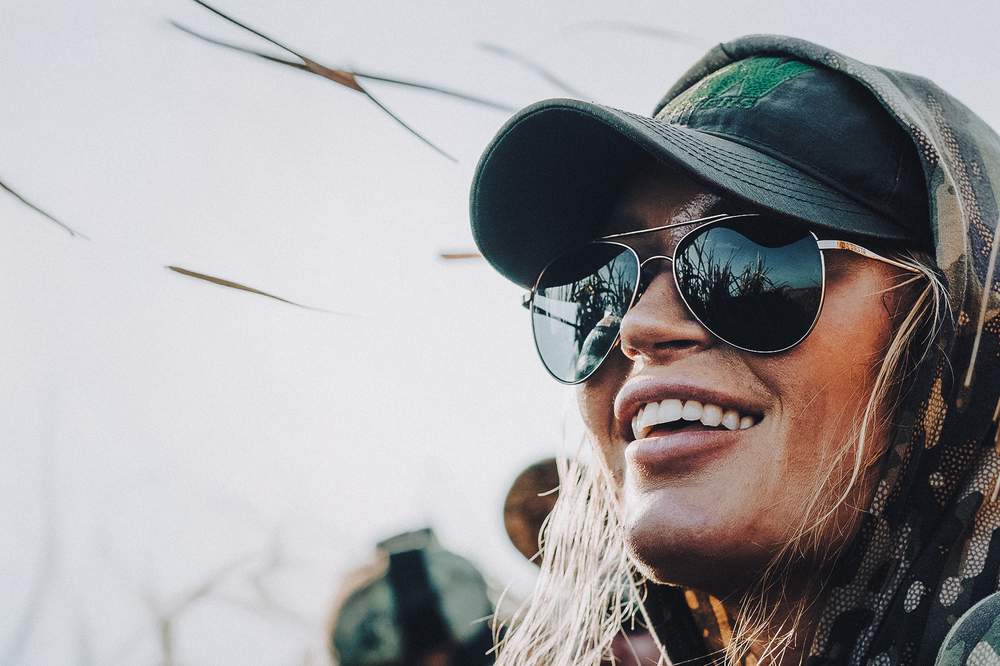We can all admit that a teddy bear is a great gift to give a child at any given time. They're soft and snuggly, welcome all manner of names such as Fuzzy Wuzzy, CuddleBug, Chubbs, Chunkster, Sir Snugglepuff, General Fuzzington, Lord Plushington, Thunderbolt, Sir Reginald the Third, Grumbles, Sleepyhead, Troublemaker, Beary Potter, Bear Grylls, Beary Manilow, Winnie the Pooh-tin, Beary White, Bearack Obama, Aloysius, and Grizzly Adams. Hell, there are even stores that allow kids to design a bear to their exact specifications. Other "stuffies" don't get the same amount of preferential treatment, probably because none of them are associated with The Greatest President Who Ever Lived, a.k.a. President Theodore "Teddy" Roosevelt.
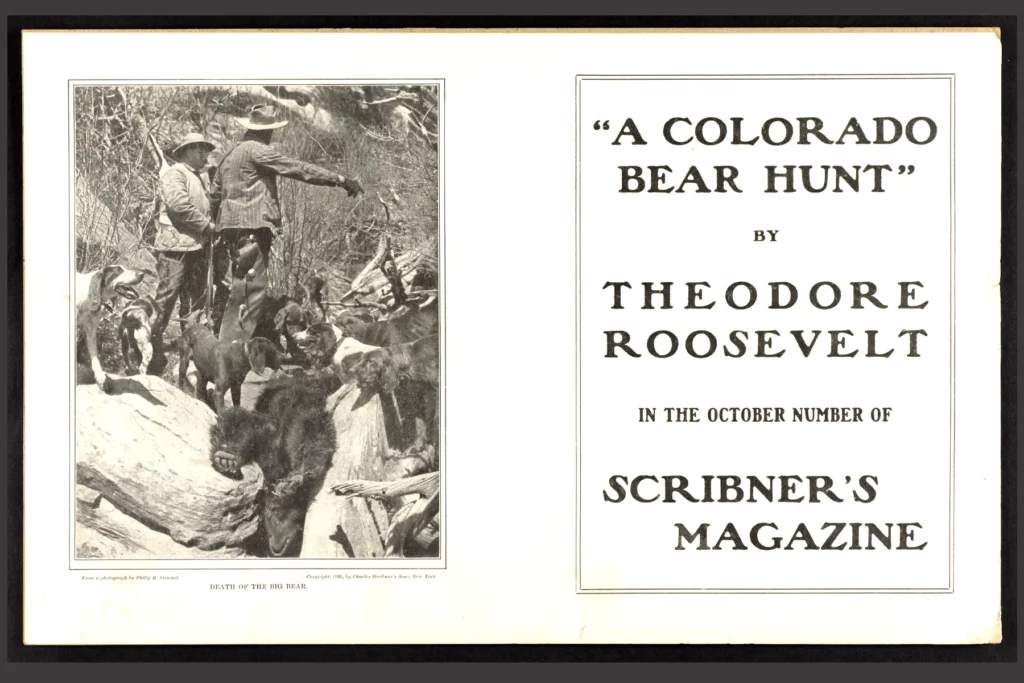
What those teddy-toting children may not realize is that their beloved, drool and yogurt-covered furry friends owe their conception and existence to Teddy Roosevelt's 1902 Mississippi black bear hunt. Yes, a man's quarry would end up becoming something we'd all eventually cuddle in our cribs.
The Famous Bear Hunt
The President was in Mississippi to mediate a boundary dispute, and while visiting the state, he had been invited by Governor Andrew Longino to hunt black bears. The gesture was likely a welcome distraction from politics as well as a likely attempt to curry favor with Roosevelt, a well-known big game hunter.
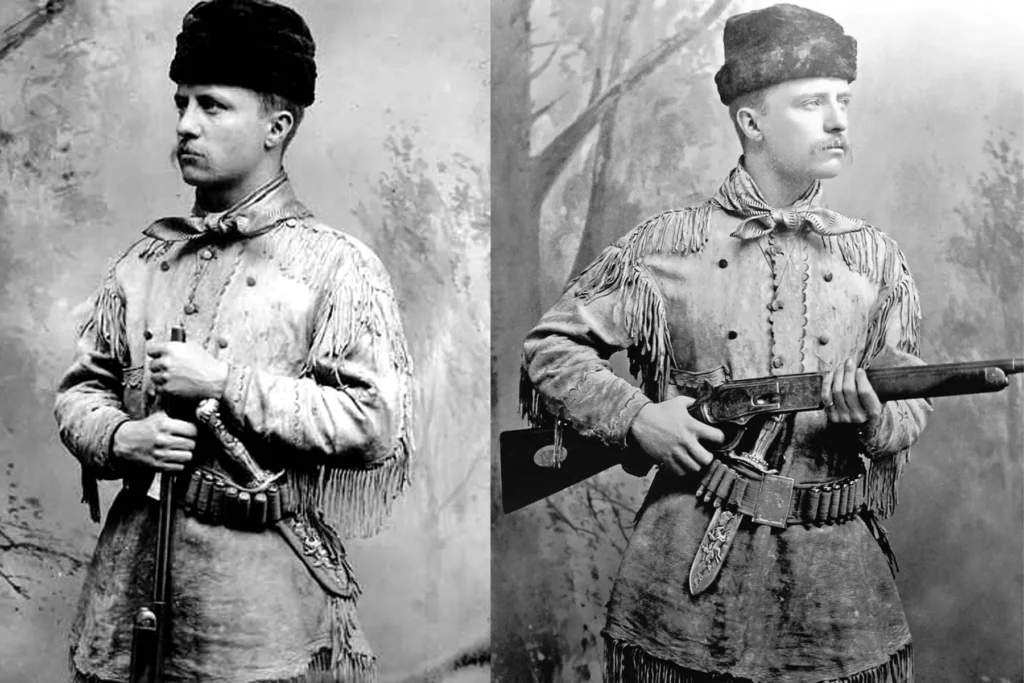
After a few days of hard hunting, Roosevelt was coming up empty. All the other members of his hunting party had either seen or shot bears of their own, but not the President. On day three of the hunt, his guide and hunting dogs had cornered a large black bear at a watering hole. While surrounded by the baying hounds, the bear had crushed one of the dogs with its jaws, forcing his guide to club the bear with his rifle, both in an attempt to save his dogs and preserve the kill for Roosevelt. He then tied the discombobulated bear to a tree and waited for the president's arrival to finish the task.
Despite the mounting pressure to live up to his reputation as an outdoorsman, President Roosevelt protested the tactic, calling it unsportsmanlike. According to the Smithsonian Museum of Natural History, the President is rumored to have said, "I've hunted game all over America, and I'm proud to be a hunter. But I couldn't be proud of myself if I shot an old, tired, worn-out bear that was tied to a tree." Although the president refused to shoot the animal himself, he requested one of his men to put it out of its misery.
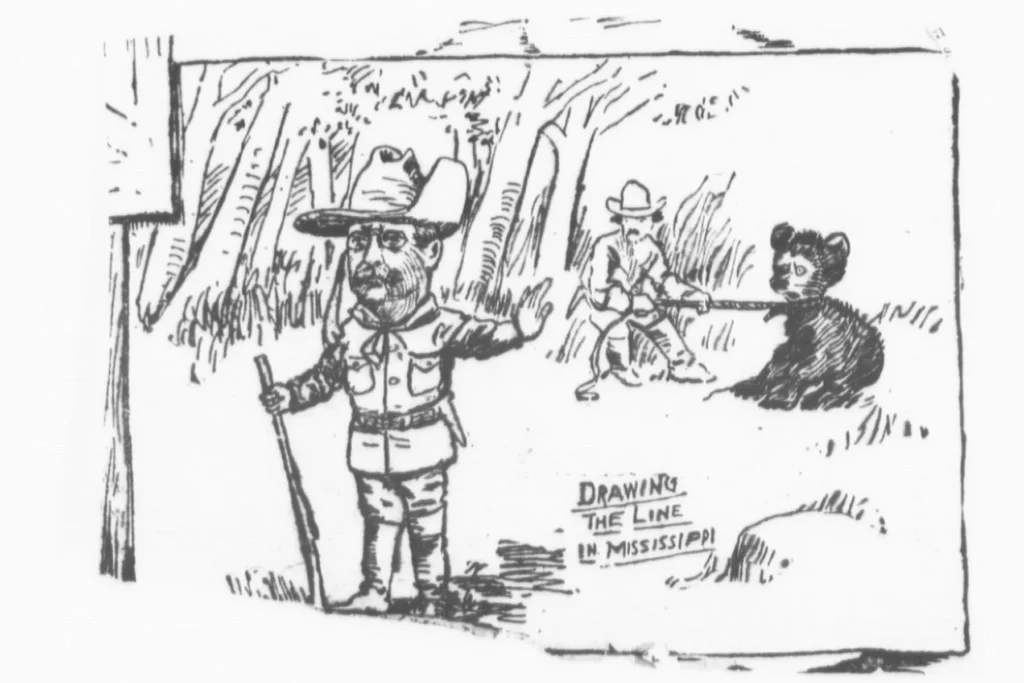
This act of compassion and sportsmanship was memorialized by the Washington Post artist Clifford Berryman in a cartoon entitled “Drawing the Line in Mississippi,” which depicted the president turning his back to the restrained bear, a metaphor for the president's indecision over the boundary dispute. The cartoon spread like wildfire across the country and across the world, with hunters and non-hunters appreciating the president's adherence to what would later be coined “fair chase”, a hunting philosophy that prohibits tactics that provide the hunter “an improper or unfair advantage over the animal”.
Origins of the Teddy Bear
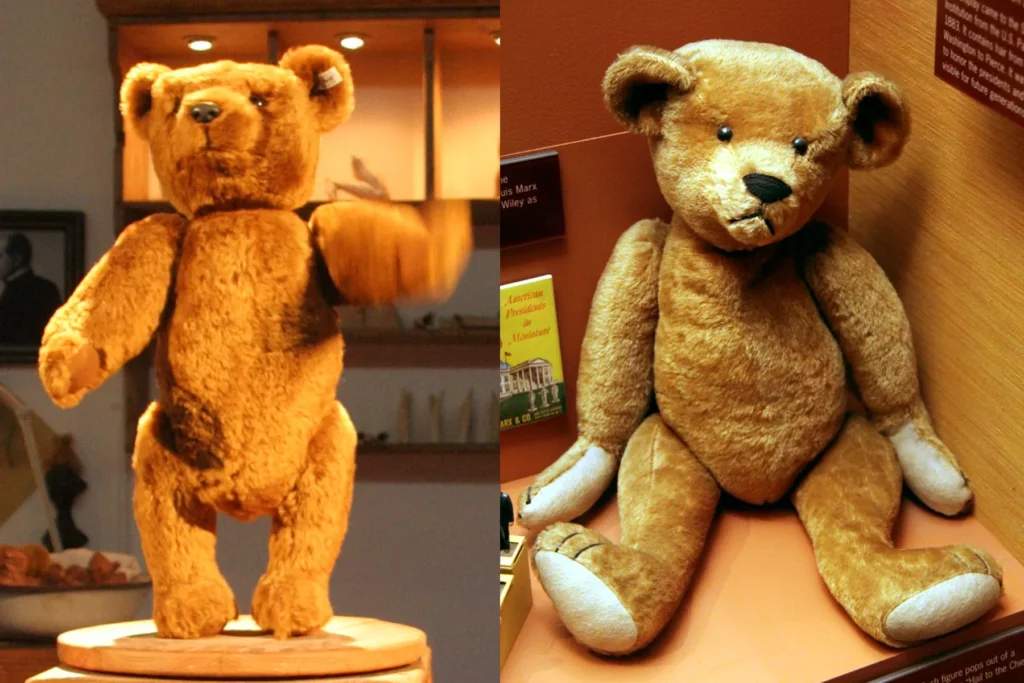
An American toy manufacturer, Morris Michtom, is also credited with releasing a plush bear at the same time. He and his wife went on to create his bear after being inspired by the Berryman cartoon that depicted the President's ethical hunting quandary. Following the publicity of Roosevelt's steadfast adherence to the concept of fair chase, he named the bear "Teddy’s Bear" and proudly displayed it in the window of his confectionary store in Brooklyn, New York.
Popular President = Popular Toy
Once it had become clear that the bear was a hit, Morris Michtom wrote to the President asking his permission to use his name and later sent him one of the originals for his children. The President agreed but was skeptical that the invention would amount to anything. The toy bears were such an immediate hit with customers that it led the Michtom family to create the ‘Ideal Novelty and Toy Company’ to manufacture and distribute their bears.
Who would have thought that a bear hunt with the President would lead to the creation of an iconic toy that would spark a billion-dollar industry? A toy that would become synonymous with childhood, birthdays, baby showers, and Christmas. Both the Steiff and Michtom Teddy Bears represented an evolution in children's toys for the time, plush bears were cuter and softer than rag dolls and less fragile than porcelain dolls, which were both popular toys of the time. Since the Michtom and Steiff bears were released in the US at arguably the same time, it's difficult to attribute its creation to one source, but both companies shared in the success and popularity of the new children's toy with millions being produced and sold worldwide.
